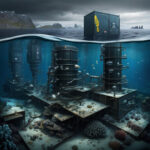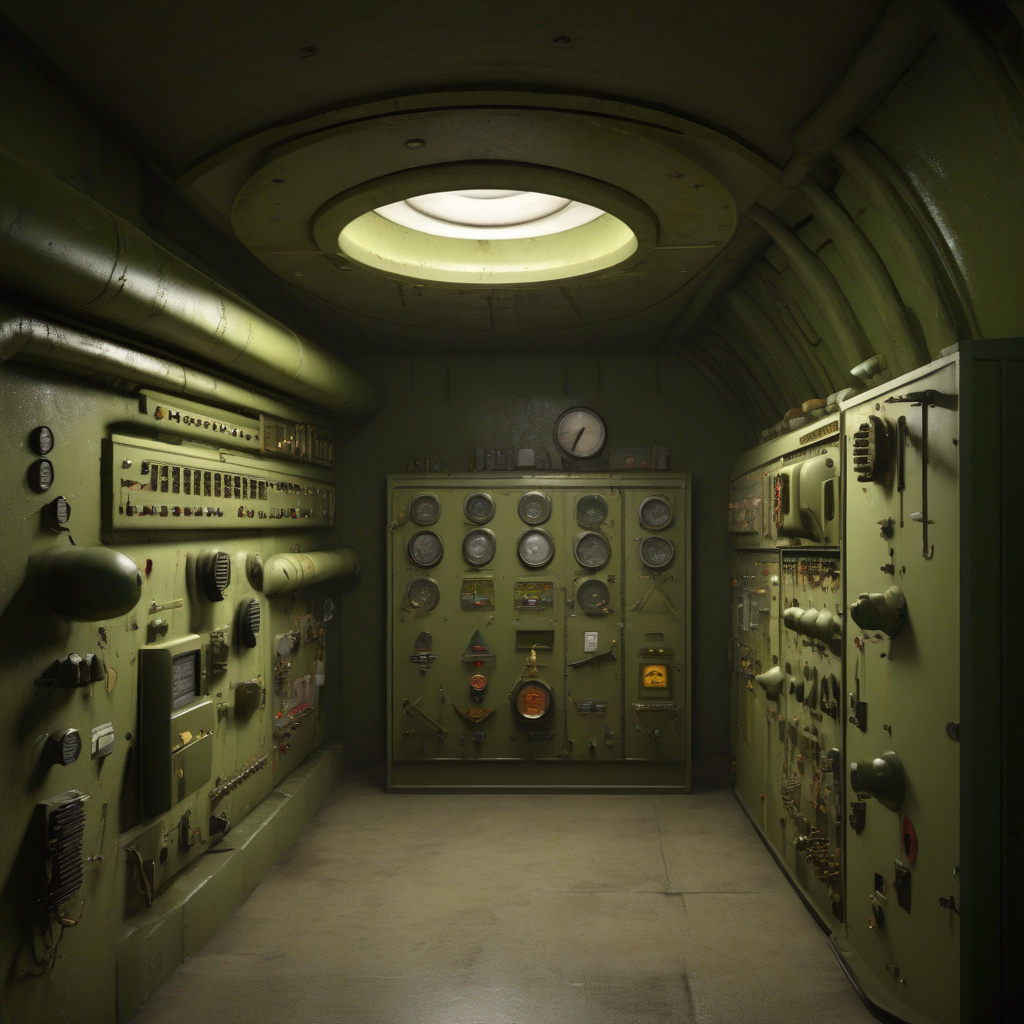Reimagining History: Cold War-Era Nuclear Bunker in UK Transformed by Innovative NFT Project
In a bold and unprecedented move, a Solana NFT project centered around the chilling concept of doomsday is gearing up to launch an ambitious initiative. The project aims to breathe new life into a Cold War-era nuclear bunker located in the heart of the UK, leveraging the power of blockchain technology and crowdfunding to fuel its vision. With plans to release 100,000 non-fungible tokens (NFTs) tied to this unique historical site, the project is poised to captivate audiences and redefine the boundaries of digital innovation.
The decision to repurpose a Cold War-era relic for a cutting-edge NFT project underscores the growing intersection between history, technology, and creativity in the digital age. By harnessing the immersive and interactive nature of NFTs, the project offers participants a rare opportunity to own a piece of both tangible history and virtual artistry. This fusion of the past and the present not only pays homage to the legacy of the nuclear bunker but also invites individuals to engage with it in a novel and transformative way.
As the world of NFTs continues to expand and evolve, projects like this one exemplify the boundless potential of blockchain technology to reshape traditional concepts and narratives. By infusing historical sites with digital significance, the project bridges the gap between physical locations and the virtual realm, opening up a realm of possibilities for storytelling, exploration, and community engagement. Through the creation of NFTs linked to the nuclear bunker, the project not only preserves its historical significance but also invites a global audience to partake in its legacy.
Furthermore, the use of crowdfunding as a driving force behind the project highlights the democratizing effect of blockchain technology on creative endeavors. By allowing individuals to contribute to the project’s development and acquire NFTs representing a stake in the nuclear bunker, the initiative cultivates a sense of ownership and belonging among participants. This decentralized approach not only empowers creators and investors but also fosters a spirit of collaboration and shared vision in reinventing historical spaces for contemporary audiences.
In a world where the boundaries between the physical and the digital are becoming increasingly blurred, the Cold War-era nuclear bunker NFT project stands as a testament to the power of innovation and imagination. By embracing the past while looking towards the future, the project invites us to reconsider our relationship with history, technology, and the ways in which we perceive and interact with the world around us. As we witness the convergence of art, history, and blockchain technology in this groundbreaking initiative, we are reminded of the endless possibilities that lie ahead in the ever-changing landscape of the digital age.
In conclusion, the fusion of a Cold War-era nuclear bunker with a pioneering NFT project marks a significant moment in the ongoing narrative of digital innovation and historical preservation. Through the creation of 100,000 NFTs tied to this iconic site, the project not only reimagines its significance but also invites a global audience to participate in shaping its future. As we embark on this journey of exploration and creativity, we are reminded that the power to transform the past into a vibrant and dynamic present lies in our collective hands.
NFTs, ColdWar, Innovation, DigitalTransformation, HistoricalPreservation












